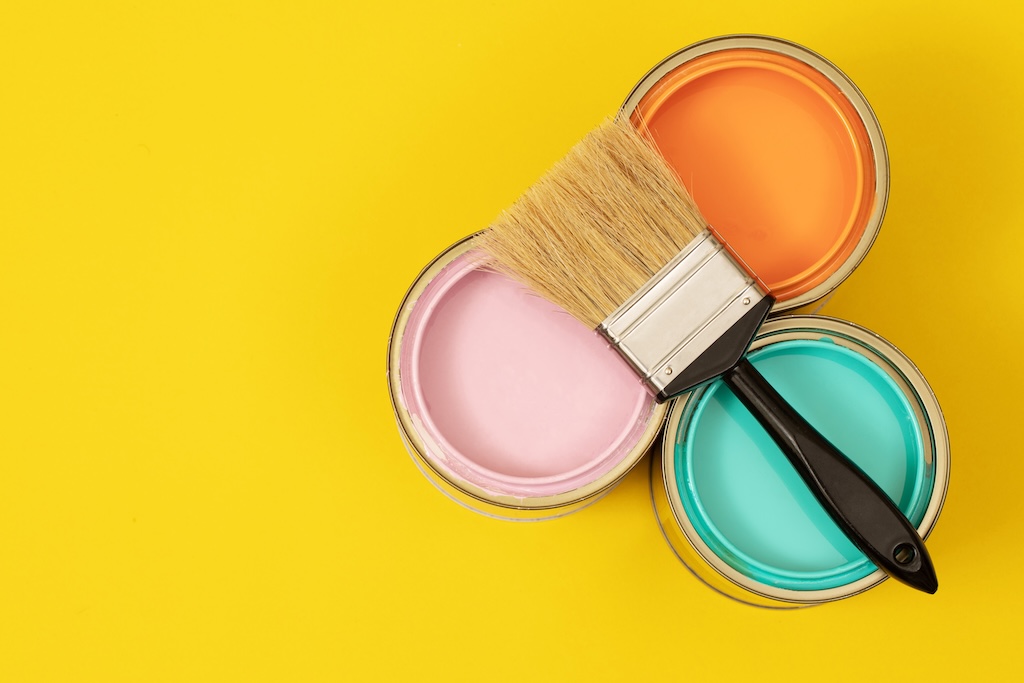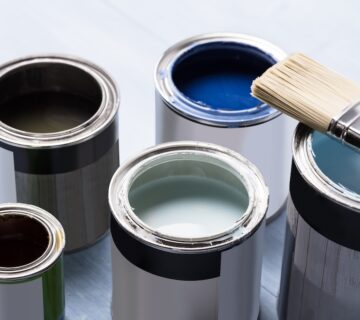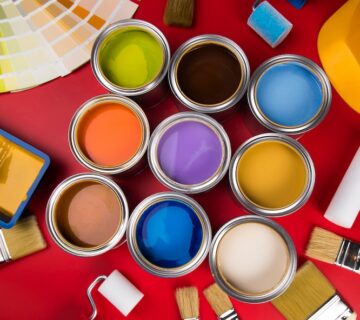Introducing bright colors into your home can be a bold and exciting way to liven up your living space. However, there’s often a fine line between vibrant and overwhelming when it comes to using bright hues. The key is to strike a balance that allows these lively colors to invigorate your space without dominating it. This blog provides insights into how you can effectively incorporate bright colors into your home decor while maintaining a harmonious and pleasing environment.
Understanding the Power of Bright Colors
Bright colors have the power to transform a room’s ambiance, affecting mood and perception. Colors like electric blue, hot pink, or sunflower yellow are energetic and eye-catching, but they need to be used thoughtfully to avoid creating a space that feels chaotic or overly intense. Consider the psychological impact of different colors and how they interact with each other in a room. Understanding color theory can help you make informed decisions about which bright hues to incorporate into your home decor.
Start with a Neutral Base
A neutral base is a perfect canvas for bright colors. Neutral walls and floors allow bright colors to stand out without competing for attention. You can then introduce bright colors through furniture, artwork, or accessories. This approach provides flexibility, allowing you to easily change the color scheme in the future. Experiment with different shades of neutrals to find the perfect backdrop for your vibrant accents. Consider warm neutrals like beige or taupe for a cozy atmosphere, or cool neutrals like gray or white for a modern and airy feel.
Utilize Accent Pieces
Accent pieces are an excellent way to bring in bright colors without overwhelming your space. Consider a brightly colored sofa, a striking piece of wall art, or vibrant cushions. These elements add pops of color that enliven the room without overpowering it. The beauty of accent pieces is that they can be as bold or subtle as you like, depending on your comfort level with color. Mix and match different textures and materials to create visual interest. For example, pair a velvet sofa in a bold color with metallic accent pieces for a luxurious and modern look.
Play with Textiles and Fabrics
Textiles and fabrics offer a less permanent way to experiment with bright colors. Curtains, rugs, throws, and bedding in vivid hues can add a dynamic layer to your decor. These can be easily swapped out according to seasons, trends, or personal preference. Consider incorporating patterns and prints into your textiles to add depth and dimension to the space. Look for fabrics with interesting textures like jacquard or embroidery to add visual interest and tactile appeal.
Balance with Lighting
The right lighting can significantly impact how bright colors are perceived in a space. Natural light tends to soften colors, while artificial lighting can either enhance or alter them. Consider the amount and type of light your room receives when choosing bright colors, and use lighting fixtures to create the desired effect. Install dimmer switches to adjust the intensity of the lighting according to the time of day and mood. Incorporate a variety of lighting sources, such as overhead fixtures, task lighting, and accent lighting, to create depth and dimension in your space.
Create Focal Points
Designate an area or a piece of furniture as a focal point with a bright color. For example, paint one wall in a vibrant shade or choose a brightly colored armchair. This draws the eye and creates a sense of structure in the room, preventing the bright colors from feeling random or chaotic. Experiment with different ways to create focal points, such as using contrasting colors or incorporating bold patterns. Consider incorporating natural focal points, such as architectural features or statement furniture pieces, into your design to enhance the visual impact of bright colors.
Mix with Patterns and Textures
Integrating patterns and textures can add depth and interest to bright colors. A patterned wallpaper or a textured rug in a bright hue can make a statement without feeling overbearing. The key is to balance these elements so they complement rather than compete with each other. Mix and match different patterns and textures to create visual intrigue and personality in your space. Consider layering different textures like velvet, leather, and wool for a rich and tactile look. Experiment with combining different patterns like stripes, florals, and geometrics to create a dynamic and visually stimulating environment.
Consider the Room’s Function
The function of the room can guide your use of bright colors. Energetic colors like reds and oranges might be great for a living room or kitchen where activity is high, while it might be best to avoid them in a bedroom where calm and relaxation are the goals. Consider how different colors can affect the mood and atmosphere of a room and choose accordingly. Think about the activities that will take place in the room and choose colors that support those activities. For example, choose soothing blues and greens for a bedroom to promote relaxation, or vibrant yellows and oranges for a kitchen to stimulate appetite and energy.
Final Thoughts
Using bright colors in your home decor can be both fun and rewarding. By starting with a neutral base, utilizing accent pieces, playing with textiles, balancing with lighting, creating focal points, mixing patterns and textures, and considering the room’s function, you can enjoy the vibrancy of bright colors without overwhelming your space. Experiment with different combinations and don’t be afraid to let your personality shine through in your home decor choices. With careful planning and consideration, you can create a space that is both visually stunning and perfectly suited to your lifestyle. For more tips on using colors in home decor, visit our website at sisupainting.com and explore our blog at sisupainting.com/blog.





No comment